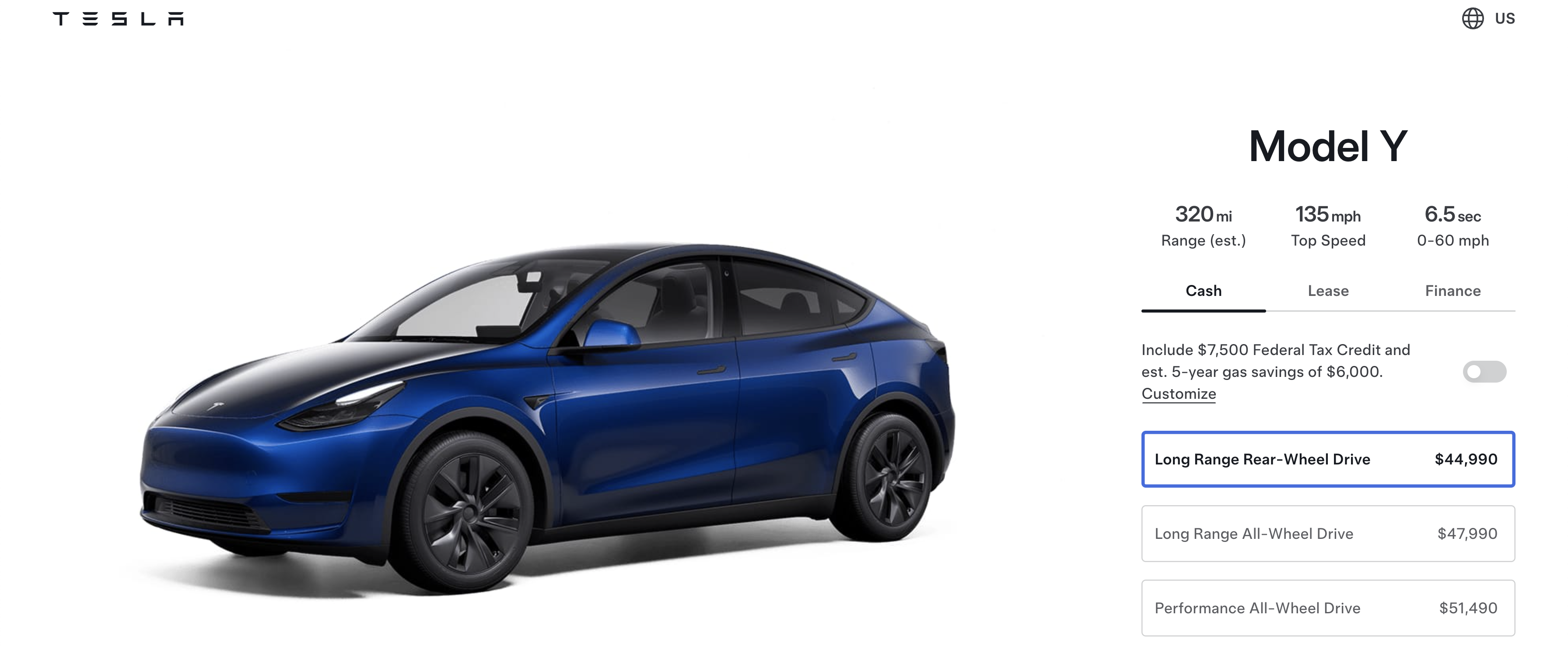Sign up for daily news updates from CleanTechnica on email. Or follow us on Google News!
Light-duty vehicles (LDV) in the United States consumed approximately 7,596 GWh of electricity in 2023, almost five times the consumption in 2018 according to a U.S. Energy Information Administration Electric Power Monthly report. The report also adds that U.S. sales of electric vehicles (EVs) have increased in recent years, making up 16% of all LDV sales in 2023. Cumulative sales of plug-in electric vehicles have reached nearly 5 million in the USA.
As EV sales continue to grow, this figure of 7,596 GWh consumed by the fleet of nearly 5 million EVs in the USA got me thinking. What would be a cool way to kind of visualise this amount of energy or make it more relatable for some? Well, I looked up the total electricity generated by some countries in Africa and one of the closest ones I found was Uganda. In 2023, a total of 6,032.3 GWh was generated by all the grid-connected generation plants according to Uganda’s Electricity Regulatory Authority. The Authority says that in 2023, most of the energy was generated from hydropower plants, constituting 93.4% of the total energy, while the technologies that contributed the least in the total energy mix were solar and thermal, with 1.6% and 1.1% respectively. So, Uganda’s electricity generation mix is about 95% renewables. Another way to look at it is that a fleet of over 4 million EVs could be charged entirely from renewables the size of Uganda’s current electricity generation mix.
On another note, access to electricity is still low in Uganda. Uganda has a population of about 48 million people. However, access to electricity sits at around 45% according to a report by IRENA. Uganda needs to urgently ramp up access to electricity for its citizens. Looking at it simplistically, assuming consumption patterns of the remaining 55% of the population will be the same as the 45% that currently have access, Uganda would need to at least double its electricity generation capacity, excluding any future demand from any potential heavy industry or industrialisation plans. That would be about 13,000 GWh. This would be the general estimate excluding growth in electricity consumption from Uganda’s own electric vehicle fleet as it grows over time. Uganda would need to quickly ramp up electricity generation capacity from the current installed capacity of 1,347 MW.
There is now some activity in the Ugandan electric mobility sector, especially in the electric motorcycle segment led by the likes of GOGO. In total, there are over 2.3 million vehicles in Uganda. As the transition to electric mobility accelerates around the world, it would be great to see a considerable chunk of this fleet transitioning to electric. Of course, increasing general access to electricity as well as access to cleaner cooking should be key priorities. It does not have to be either or — Uganda can work to increase access to electricity and at the same time work on increasing the penetration of electric vehicles.
I just found it interesting to quantify how much electricity electric vehicles are now consuming in the USA by relating it to something closer to home, national electricity consumption figures in Uganda. How about you?
Electricity generated in Uganda in 2023 plus the electricity generation mix. Charts by Uganda’s Electricity Regulatory Authority.
Have a tip for CleanTechnica? Want to advertise? Want to suggest a guest for our CleanTech Talk podcast? Contact us here.
Latest CleanTechnica.TV Video
CleanTechnica uses affiliate links. See our policy here.







